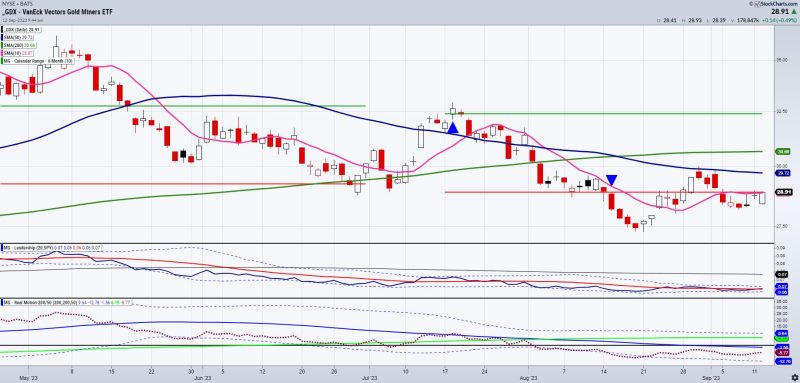There is great value in finding and trading a market bottom. By recognizing when a market has hit its low point and buying into it before prices start to rise, investors can capitalize on potential gains. However, the question of “when is the bottom?” is not an easy one to answer.
Traders and investors need to be aware of a few key factors in order to accurately predict when an instrument has reached its lowest point. The first factor to consider is the overall uptrend or downtrend in the instrument they are watching. As prices move lower, traders should look at the depth and duration of the market downturn. Instruments that have seen quick and abrupt drops may have already reached their bottom. Ones which slide gradually may have further to go.
Next, traders and investors should study the underlying volatility. This is important when trying to identify the bottom of an instrument. When volatility increases, so too do prices. This indicates a potential buying opportunity. Conversely, when prices remain flat or decrease but volatility is decreasing, it can signal a bottom.
The third factor to consider when trying to determine a bottom is the behavior of other instruments in the market. For example, if an instrument is experiencing a downward trend, traders should take note of the performance of other instruments in the same sector. If they are experiencing more positive trends, it may indicate that the instrument in question has hit its bottom and is now ready to rise again.
Finally, traders should pay attention to chart patterns. By studying recent price movements, they can often determine certain patterns that can indicate a potential bottom. Trends such as double bottoms, head and shoulders, and inverse head and shoulders, can all be signs of a bottom, as they often signal a reversal of the current trend.
Finding and trading a market bottom can be a challenging prospect. However, by studying and keeping an eye on the above factors in particular, traders and investors can find great value in knowing when to buy low and potentially capitalize on greater profits as prices begin to increase.































